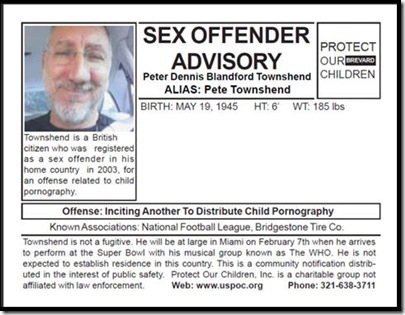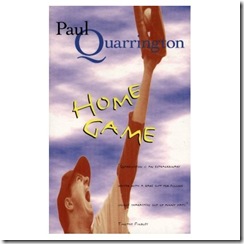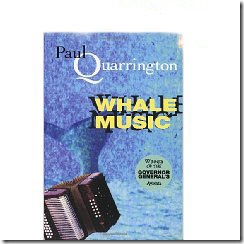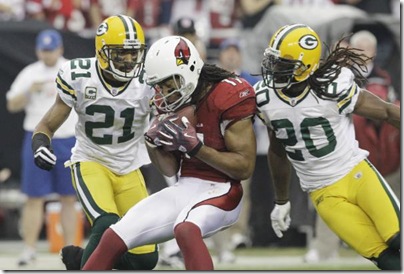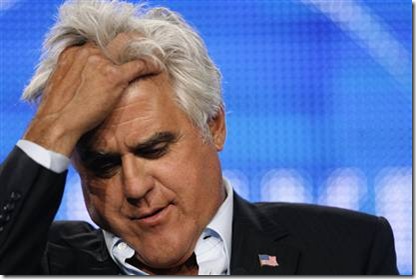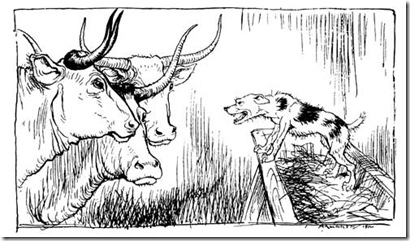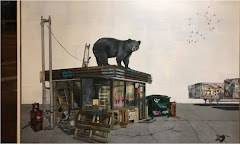Although I’m edging to the slide side of the demographic, I’m still a middle aged white guy.
And when, as a producer, I put a project into development with a Canadian television network, especially a project that will require Public money to be realized, I have to sign an agreement which includes an acknowledgement that I will “reflect the diversity of contemporary Canadian society” and that I am also “aware of the need to increase opportunities for all those who may have been traditionally under represented in the Canadian television industry”.
And good on the funding agencies for requiring this kind of commitment!
For it makes no sense that at this point in the 21st century anyone should have their employment or creative opportunities reduced because of their race, gender, age, sexual orientation or a physical disability.
And what better way of affirming our intention of reflecting who we are, what we value and the kind of nation we’re becoming than in the stories we tell ourselves and the world.
If the project being developed is still at the concept stage, this commitment encourages writers and producers to explore the many options available to tell our stories in a way few other countries can. And if the project already has a script fairly locked into launch mode, it encourages diversity in casting and cultural innovation with regard to future story arenas if the contemplated production is a series.
To see this process in action, you need to look no further than the recently launched new season of drama and comedy on the CBC…
The Republic of Doyle
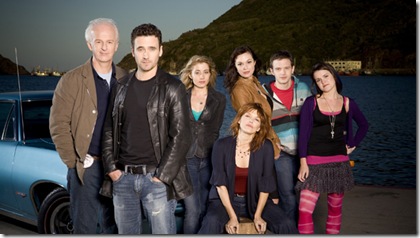
18 to Life
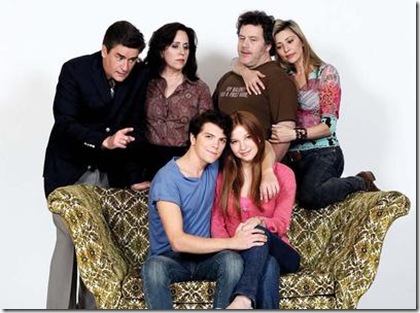
Death Comes to Town
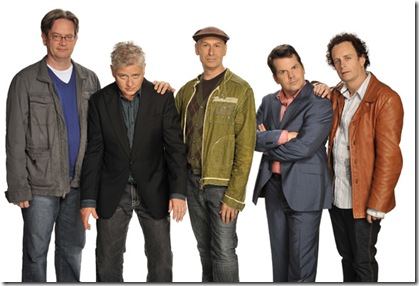
Um….
Wait…
Gee, still a lotta white faces there…huh?
Uh…
Now don’t go getting the wrong idea…
Maybe those shows aren’t really a fair reflection of all the network offerings…
Y’see the CBC has two separate and distinct seasons. And the other one from last Fall featured…
Heartland

Battle of the Blades

Dragon’s Den
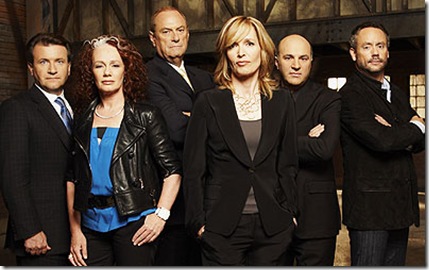
Being Erica

This Hour Has 22 Minutes

Er….
Wait!
I’m pretty sure there’s an aboriginal face deep in the background of that “Heartland” picture.
And anybody who knows anything about those retired hockey players on “Battle of the Blades” knows that Tie Domi is a Muslim.
And there’s a very talented black actress who turns up semi-regularly on “Being Erica”.
She’s, uh…
Just…apparently…not…featured in any of the publicity.
Okay, but wait. Let’s not go jumping to any conclusions…
Because CBC has a couple of venerable series that are in their third and fourth seasons respectively…
The Border
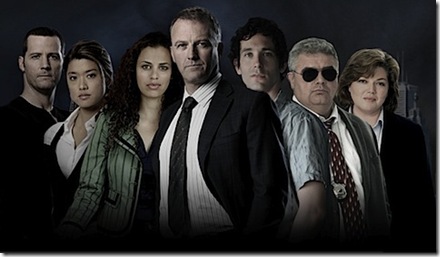
Now there’s a show that features about as much white liberal guilt as you can cram into an hour of television. They also found an actress from a visible minority to replace one of a different visible minority when the original one departed the show. And I know for a fact that they have a very good black actor in the regular cast.
He’s, uh…
Just…apparently…not…featured in any of the publicity.
But ignore all that because how could anybody forget…
Little Mosque on the Prairie

The comedy that brought the Canadian Muslim experience to television --- even if it still isn’t funny after four seasons --- and half the cast remains Caucasian.
All right.
Take a deep breath.
Interesting, isn’t it?
Probably not the sort of thing you’ve taken note of before. But something that a performer “of color”, a writer working hard to create three dimensional characters that don’t come from their personal cultural core or a producer who has signed the affirmation quoted above are all acutely aware.
So what’s going on here?
Is there a subtle form of Racism at work within the Government supported Canadian Broadcasting Corporation?
Are the funding agencies merely paying lip service to their rules? Y’know, one of those government initiatives where it’s implied that everybody gets to play in the sandbox while only a select few actually get the opportunity to build a castle?
Maybe it’s neither of those things.
I mean, there may not be many non-white faces. But you can count the number of Gay characters on one thumb and I don’t see anybody with anything more serious than a lack of comic timing as a disability.
Maybe the executives at the CBC and the six different funding agencies listed in “The Republic of Doyle” end credits were just happy that the show imported an Irish actor in his 50’s, so they could check off the “No Age Discrimination” box on their “under represented” checklist.
Maybe Newfoundlanders as a whole are still considered an “under represented” group, that long list of CODCO and CODCO Alumni shows notwithstanding.
Maybe the confusing brand of “womanizing” lead character Jake Doyle exhibits will soon be explained when we discover he’s Gay --- simultaneously ticking off another of those many “under represented” categories.
Perhaps the whole picture is just skewed by the oddly concocted Provincial tax credit rules that not only boot production out of diversely populated places like Vancouver and Toronto, but also kick them just beyond their nearby suburbs of Burnaby and Brampton where people who look like me are the “visible minority”.
However…
I think the real reason the complexion of Canadian television is as pale as it is comes down to something else.
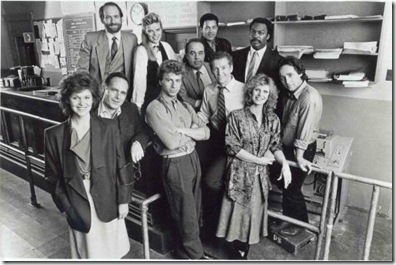
Because I’m that slide-side middle aged guy, I can vividly recall the late 1980’s, when American studios came here to do such series as “Night Heat” and “Adderly”.
The cast make-up of those series didn’t look much different from the current CBC offerings, and their content usually included one or two “Chinatown” or “Ghetto” episodes a season, meaning the employment opportunities for visible minority talent --- uh --- haven’t really improved in 25 years.
Back then we used to say that our American cultural masters had come here because we were, “Mostly Cheaper. Mostly Spoke English. And most important --- Mostly White!”
It was what American studios thought their audience wanted. And once they hid our quaint multi-hued money and red mailboxes, it was virtually impossible to tell you weren’t really in Kansas.
And maybe that mentality still holds true…
Only this time, it would seem that the executives making that read of the audience are Canadian.
Over the last decade, there has been a slowly growing movement to transition home grown Canadian television from what it has often been to being “more popular” meaning like American shows are popular.
At the same time, there has been a desire to offset the cost of production by pre-selling to an American network and even having them come aboard in the development stages so some of that “popular” stuff rubs off.
So far, that has resulted in one legitimate success story --- “Flashpoint”.

I know, I know, more white people --- and these ones look like they mean business.
The possibility that such success could spread encouraged others to pattern their show models after American series. “Flashpoint” was immediately followed by “The Listener”, a series that coat-tailed the American “detective with special powers” genre, featured lots of white people and pretty much failed both artistically and financially.
Then came “The Bridge”, a derivative police procedural (with mostly white people) which still hasn’t landed an American broadcast slot months after completing filming of its initial season – a malaise now also afflicting “Flashpoint” and other Canadian series that took the “Appeal to the American market first” approach.
And while CBC didn’t have to play the same game, it became clear a couple of seasons ago that they had begun to do just that.
You need look no further than two series which failed to find any kind of audience here.
MVP
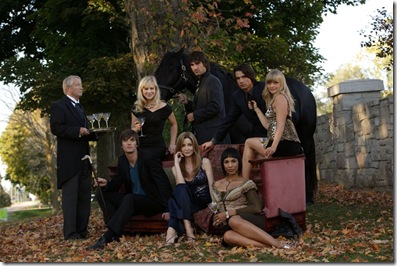
Wild Roses

The former was a retread of the British series “Footballer’s Wives” and also tried to channel “Desperate Housewives”, while the latter was a Canadian version of “Dallas”.
Both refused to acknowledge their obvious lineage in their marketing campaigns and neither found purchase with audiences far more familiar with the actual reality of their story arenas of Puck Bunnies and Calgary than the people making them.
In the most recent season launches, the CBC fully embraced the derivative pattern of their content by claiming that “The Republic of Doyle” was “Rockford on the Rock” – an assertion false enough to give Jim Rockford and friends grounds to sue for misrepresentation.
They also openly celebrated getting into bed with ABC in developing “18 to Life” casually ignoring the fact that ABC had slipped away before the marriage could be consummated.
And unless the Comedy Gods grant more smiles than they did in the opening episode of “Death Comes to Town”, that series might be revealed as a jaundiced attempt to garner an American sale on the decades old rep of the once funnier “Kids in the Hall”.
In my estimation, the current snowflake invasion on Canadian television can be laid at the feet of TV executives who don’t know what makes a show popular beyond making it look like a show that was popular in some bygone era.
And the reality of those funding agency rules is that these agencies try very hard not to make programming choices for the submitting networks.
CBC just prioritizes their choices and somehow, this season, there’s only been enough money to pay for the white ones at the top of their list. Those being the shows they think they have a better chance of also selling South of the border.
But the really strange part of that thinking is how much it ignores what American audiences are really watching and what their own studios are preparing for them.
Would any Canadian network have green-lit a series about a prohibition era bootlegger (“Boardwalk Empire”) or gladiators (“Spartacus: Blood and Sand”) or World War II (“The Pacific”)? Would any of them have taken a chance on “Sons of Anarchy” or “Dexter” or “Big Love”?
Not a fair comparison, those titles being cable offerings?
How about “Lost”, “Heroes”, “24”, even “The Good Wife” or “Human Target”?
Or would they have pointed to the funding agency rules they’re already ignoring and claimed they couldn’t do series that don’t have a clearly Canadian setting or that negatively reflect on a specific demographic?
In my own opinion, they’re already doing that. Because the Canada I see on CBC is not the one I experience when I walk out my front door. And copying somebody else’s style is not the way you create a definable one of your own.
Meanwhile, even with inflated People Meter numbers to help them along, little of CBC’s product garners anywhere near a million viewers. And nobody is mentioning that some of those new shows have lost half of even that diminished audience before the final credits scroll.
So much for winning any popularity contests.
Meanwhile, nobody covering television seems to have put together that, given the 2-3% of the Canadian population that elusive million viewer threshold represents, there’s a chance hardly anybody who has seen an episode is even coming back the following week. At those anaemic audience levels, the CBC could run an entire season of a series and still not have their show seen by half of the country.
Or – close to the percentage of the population that won’t see anybody who looks anything like them should they bother to tune in anyway.
And in the “More Bad News” to come department, the one show the CBC had which did garner big numbers won’t be coming back.
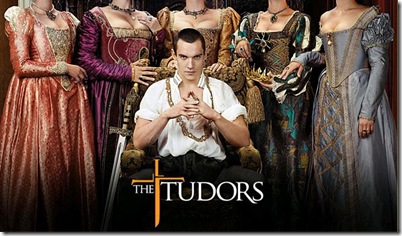
While I’ve never understood how a far from authentic take on the life of Henry VIII got to be classified as Canadian content, “The Tudors” has reached the end of its run. As the producers put it, “We just ran out of wives”.
But, should CBC find a way to replicate this deal, they might get back to big numbers with the consortium’s next offering, “The Borgias”, starring Jeremy Irons.
Yeah, “The Borgias”.
More white people.
